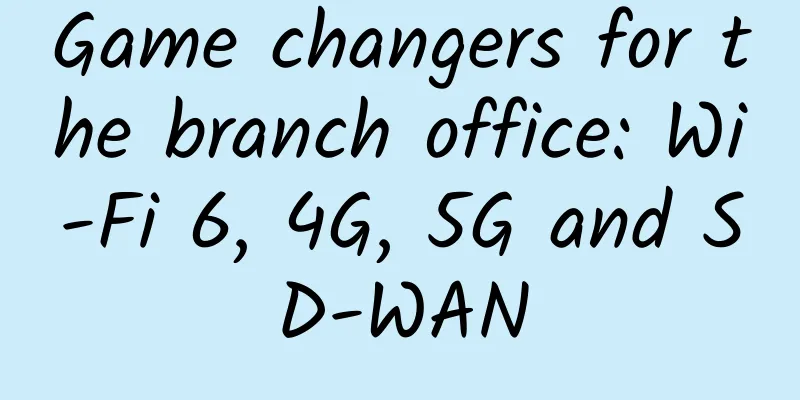Wall Street's largest securities service platform brings blockchain technology to the CDS market

|
[Original article from 51CTO.com] According to Bloomberg, the Depository Trust & Clearing Corporation (DTCC), which is also the back-end processing service of Wall Street, has begun to try to use blockchain technology to upgrade the processing of credit default swaps (CDS). DTCC is responsible for the settlement and clearing of stock and bond transactions across the United States. DTCC's system manages $11.7 trillion in outstanding credit swaps. DTCC said it is trying to reduce redundancy and reduce system costs. IBM and blockchain startups R3 and Axoni will help DTCC build a unified network for user credit swaps.
In fact, Wall Street has been looking to adopt distributed ledger technology in recent years, hoping to reduce costs by speeding up the settlement time of securities and derivatives. Although transactions are currently processed electronically, banks and fund managers keep transaction details in their own private databases. This means that details must be checked between different users, which is time-consuming, labor-intensive and prone to errors. Distributed ledger technology allows all users to share the same accurate data, allowing confirmation, payment and other processing to be completed in seconds. The efficiency gains brought by distributed ledger technology have attracted the attention of Wall Street executives. The new technology greatly reduces the amount of capital that needs to be set aside before a transaction is settled. In addition to the financial industry, industries such as healthcare, supply chain management and mining are also experimenting with distributed ledger technology to improve efficiency. DTCC plans to use distributed ledger technology to manage all payments and regulatory activities. Barclays, JPMorgan Chase, UBS, Intercontinental Exchange and IHS Markit are also expected to join. Note: Credit Default Swap (CDS), also known as loan default insurance, is the most widely traded over-the-counter credit derivative in the world. The emergence of credit default swaps solves the liquidity problem of credit risk, allowing credit risk to be traded like market risk, thereby transferring the risk of the guarantor, and also reducing the difficulty and cost of corporate bond issuance. [51CTO original article, please indicate the original author and source as 51CTO.com when reprinting on partner sites] |
<<: An article to understand the wireless connection technology eMTC of the Internet of Things
Recommend
The embarrassing 400G: When will the operator backbone network be commercially available?
400G backbone network, a term that has not yet ar...
Let's talk about UPNP and DLNA protocols
Preface There is no love, only technology. Let me...
What is optical networking? Full explanation
Optical networking is a technology that uses ligh...
Can IPTV also have a nationwide network?
IPTV is good, everyone knows it! The number of IP...
Three "fairy tale" ways to build a data center
There is a very important indicator for evaluatin...
China Internet Development Report 2020: 1.3 billion netizens make online payments totaling 24.9 trillion yuan
Recently, at the 2020 (19th) China Internet Confe...
Zigbee, BLE and Bluetooth Mesh, how to choose the best solution?
In the world of IoT, wireless communication techn...
[Technology Feast] Ruijie Cloud Desktop EST Protocol RUTP Transmission Technology
Preface summary Ruijie Cloud Desktop EST protocol...
Microsoft's Zhang Dongmei: Intelligent data discovery will be a hot topic in data analysis in 2017
[51CTO.com original article] In order to pay trib...
How SD-WAN is changing the network services market
As technology continues to evolve, SD-WAN (wide-a...
Behind the popularity of blockchain concept, the real value lies here
In the era of Internet big data, people come into...
Tencent Xingmai Network 2.0 upgrade supports 100,000-card super cluster
With the rapid development of artificial intellig...
What is DNS? Why are there only 13 DNS root servers? Is it really that difficult to give one to China?
The Domain Name System is one of the most importa...
5G may be just around the corner as a universal core for fiber
Convergence between wired and wireless networks i...
Tencent Cloud Double 11 cloud server annual payment starts from 88 yuan, get 1111-8888 yuan voucher
Tencent Cloud launched the 2023 Double Eleven eve...
![[Black Friday] Justhost has a 30% discount for a limited time, 22 data centers in Russia, the United States, Singapore, etc. are available](/upload/images/67cabce3ceaff.webp)








